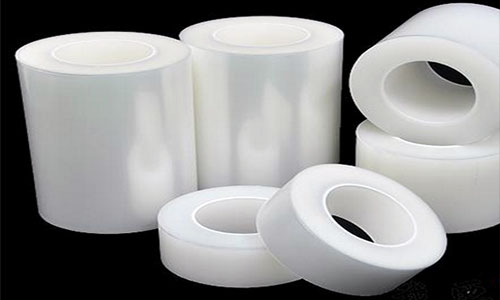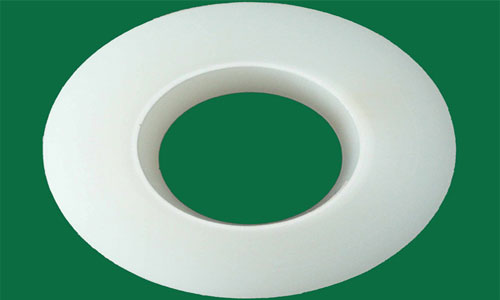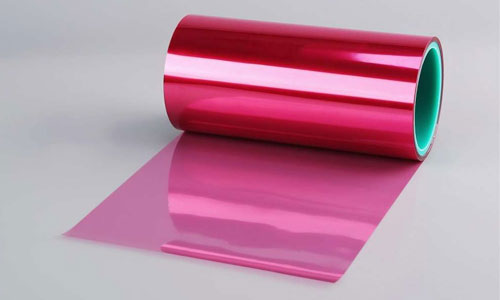PE, short for Polyethylene, is a widely used polymer material with a simple structure. PE protective film, produced based on a special polyethylene (PE) plastic film, can be divided into three types: high-density polyethylene protective film, medium-density polyethylene protective film, and low-density polyethylene protective film, depending on the different densities.

The biggest advantage of PE protective film is that it does not corrode or scratch during production, transportation, and storage. Its main function is to protect the original smooth and bright surface of the product from contamination, in order to improve product quality and market competitiveness. Currently, PE protective film is mainly used in the following industries:
1. Hardware industry: computer cases, galvanized sheets, aluminum sheets, stainless steel sheets, titanium sheets, plastic steel sheets, glass sheets, solar panels, etc.
2. Optoelectronic industry: LCD displays, backlight panels, cold light films, membrane switches, mobile phone screens, etc.
3. Plastics industry: surface protection for ABS, PP injection products, PVC sheets, acrylic sheets, instruments, plastic lenses, painted parts, etc.

4. Printing industry: providing surface protection for PVC, PC sheets, aluminum sheets, films, etc.
5. Wire and cable industry: protecting copper wires, semi-finished products, finished products, and coiled products installed on shafts, effectively preventing dust contamination and offering functions of anti-oxidation and anti-pollution.
6. Electronics industry: in production, PE protective film is generally used to protect finished and semi-finished products, preventing scratches and abrasions on assembly lines.
7. Mobile digital industry: a type of cold storage film called mobile phone gel film, also known as mobile phone beauty film or mobile phone protective film, which can be used to install mobile phone bodies and screens.
Points to note in the application of PE protective film:
1. Preparation: Keep the surface of the adhesive clean, free from dust, oil, and other residues, to achieve the best viscosity during film application.
2. Application: Paste or peel off the protective film at a temperature not lower than 60°F (14°C) to achieve the best protection effect.

3. Attention: Remove the protective film only after it is completely dry. In addition, please use the "first-in-first-out" inventory management principle.
4. Recommended storage environment:
Temperature range: 60-80°F (15-27°C)
Relative humidity: 40-60%.
5. Product functions: Extrusion molding technology is employed, and the anti-explosion film series has good tensile strength and puncture resistance.
Product features:
1. Abrasion resistance/scratch resistance - provides long-term protection for many highly processed surfaces.
2. Impact resistance - maintains surface integrity in many applications with moderate impact.
3. Penetration resistance - forms a strong barrier against liquids to prevent corrosion of the product.
4. Elasticity - can adapt to most surface shapes.
5. Non-volatile organic components - does not release volatile organic components during use.
That's all for today's introduction to the die-cutting material PE protective film. Although the production process of protective film may seem simple, it is actually quite complex, with strict requirements in each link. Pay special attention to the control of the die-cutting process. Only high-quality die-cutting machines can produce high-quality products and reduce waste to some extent, saving costs. If you want to learn more about technical issues related to die-cutting production or if you are interested in purchasing a round knife die-cutting machine but don't know how to choose, feel free to contact Fumart. We are always ready to serve you{"code":0,"msg":"请求出现异常","data":{}}
Contact: Pamela
Phone: +86 189 6365 3253
E-mail: info@industryprocess.com
Whatsapp:+86 189 6365 3253
Add: Yajing Industrial Park, No. 59 Shuangjing Street, Weiting Town, Suzhou Industrial Park
We chat
